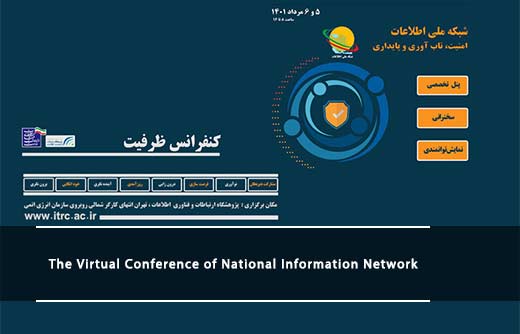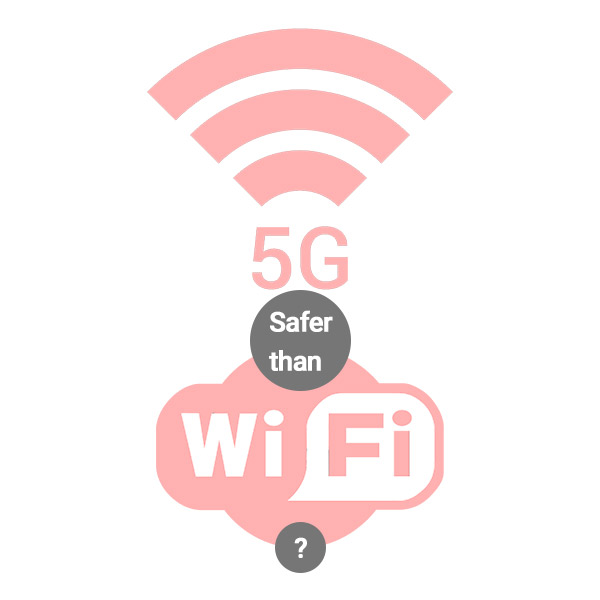The fact is that mobile service providers cannot provide the bandwidth that all users want. Instead, they enable Wi-Fi network offloading, commonly referred to as Hotspot 2.0 or Passpoint. The system is such that whenever the Passpoint is configured within an access point, it provides the user with more functionality and bandwidth by transferring the mobile network connection to Wi-Fi in an integrated manner. This is more common in large cities, airports, shopping malls, and areas with public transportation systems.
Cisco recently predicted that about 71 percent of 5G traffic would be transferred to Wi-Fi networks in the not-too-distant future, which is the beginning of significant problems. Most cell phone users often use the Wi-Fi network without knowing it, which means that they are vulnerable to the potential dangers of the Wi-Fi network. In this article, we will tell you 6 of the main problems of Wi-Fi network security.
6 of the main problems of Wi-Fi network security
1. Rogue Access Point (AP): Unauthorized access points that are inadvertently, physically connected to a network without the permission or notice of the network administrator allow attackers to bypass security layers.
2. Rogue Client: Victims' devices are connected to malicious access points and may be infected with a virus or malware. These devices may spread malicious files or viruses by linking to other networks.
3. Neighbor AP: Devices of users who connect to neighboring SSIDs in private networks and also have the risk of accidentally connecting to malicious access points and becoming infected.
4. Ad-Hoc connections: Client-to-client file sharing (such as AirDrop) can save money and time. But anything shared this way, like infected files, bypasses security controls.
5. Evil Twin AP: An access point set up by a hacker to mimic another legitimate Access Point SSID and disconnect users without them noticing.
6. Misconfigured AP: Access points on the network that do not meet the minimum security standards, such as encryption settings. These access points increase the network's vulnerability to attacks.
In conclusion, the Evil Twin AP is the most critical threat in 5G networks. Attackers primarily eavesdrop on Wi-Fi traffic through man-in-the-middle attacks. They are constantly looking for easy ways to steal valuable information, such as Cloud-based human resource management websites, emails, store sites, and so on. If a 5G user transfers their mobile connection to an Evil Twin AP that mimics a legitimate Access Point Passpoint, then the attacker can access all the data.
Offloaded Wi-Fi networks should technically be protected by enterprise versions of the WPA2 or WPA3 security protocol. Recently, both of these encryption methods with KRACK and Dragonblood vulnerabilities have drawbacks and cause flaws in the system. We need to know that encryption is the last way to protect our communications, and the tools for constantly exploiting this layer of security are constantly being improved and developed.
Attacks that occur on the Wi-Fi network and through offloading are so dangerous for 5G users that even 5G traffic has security vulnerabilities that can be exploited. In February 2019, security investigators unveiled a plan for two attacks, Torpedo and Piercer, that allow attackers to identify calls and easily track cell phone locations without notifying users. In the following, we will examine these two cases in more detail.
1. Torpedo attack allows attackers to exploit vulnerabilities in 4G / 5G paging protocols, usually sent to notify the phone before a call or text message arrives. This attack involves placing and canceling several phone calls in a row, and the victim's location can be determined.
2. Piercer attack allows attackers to obtain and decrypt International Mobile Identification Number (ISMI) numbers. ISMI is a unique number and is used to communicate. Once ISMI is detected, you can easily eavesdrop on conversations using cellular man-in-the-middle tools such as Stingray or other programs. Experts also claim that these attacks are one of the cheapest ways to infiltrate people's mobile phones and be carried out with the most miniature equipment and low cost of about 200$.
Although it is technically possible today to provide a security solution to deal with Wi-Fi attacks, it does require collaboration between Wi-Fi infrastructure companies and product suppliers or service providers. Suppose the two groups can work together to create a new security standard for Wi-Fi that can be implemented through software patches. In that case, Wi-Fi security issues will be resolved entirely.
In the end, the world of technology will continue to thrive. But security is a need that is strongly felt in this industry, and all actors and producers in this field should be aware of it. Wireless communications are an essential and essential part of our lives, and their role is becoming more and more critical and vital.









